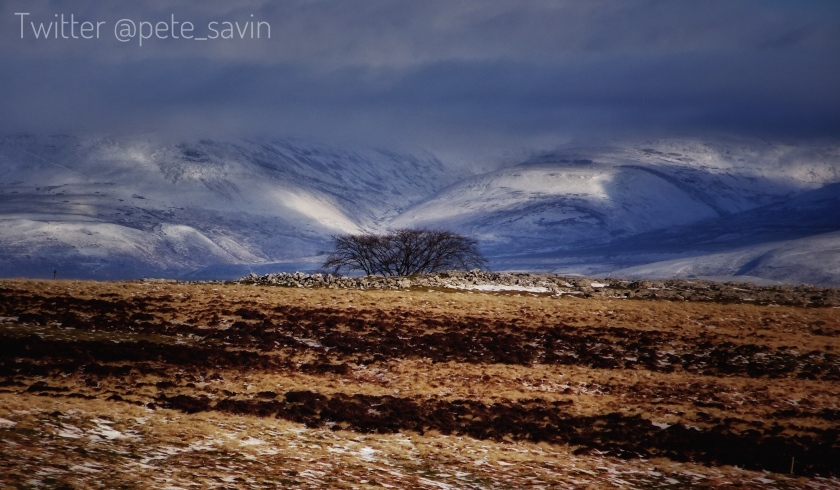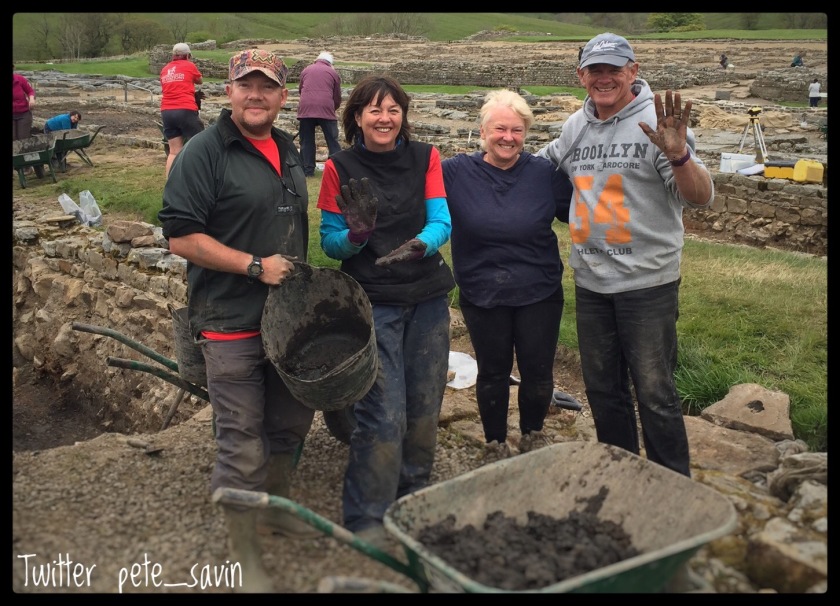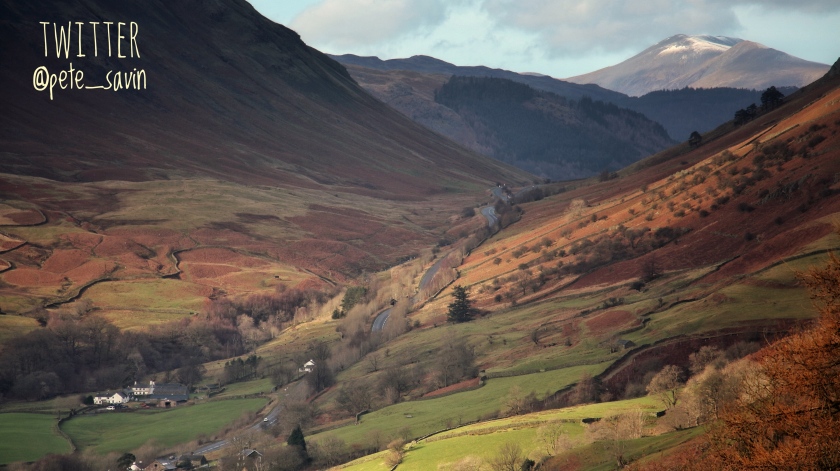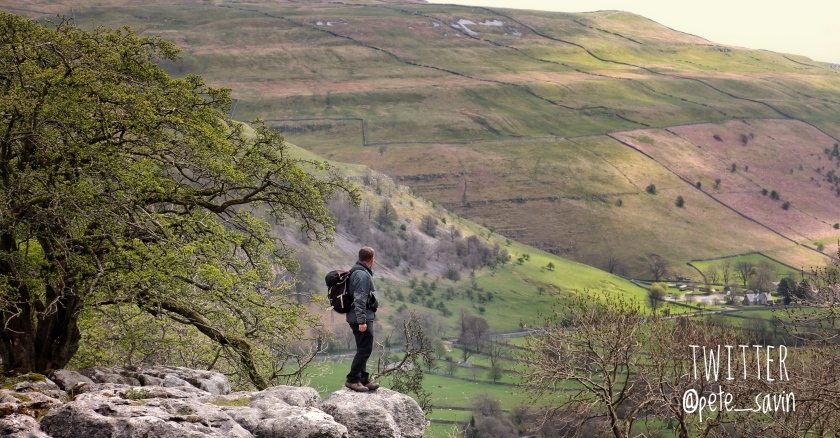The English Lake District in Cumbria is best known for its outstanding beauty, soaring peaks and wooded valleys and named in the language of old Norse which arrived on Cumbrian shores over 1000 years old. It has left us the rich legacy of names we still use today, Dale,Fell and Thwaite for a forest clearing our Sheep are Herdwicks and carry a Viking heritage in their woolly frames but less well known to visitors who pass through the Lake District on their way to Hadrian’s Wall is the less oblivious presence of Rome within the national park.
After the arrival of the roman legions in AD43 to southern Britain they slowly advanced their influence northwards through conquest or coercion, the Brigantes tribe in the area north of the Humber was the most numerous and ruled in part by Queen Cartimandua, when she ran into trouble in the mid 1st Cent as a client of Rome they used this excuse to push north and by AD73 they had founded a fort at Carlisle then known as Luguvalium. The Lake District seems to have been bypassed until later when the first fort is recorded at Ambleside in around AD90. The remains of the fort are still visible on the shore of lake Windermere a short walk from Ambleside and in the Armitt museum there is a grave stone to a soldier killed in the fort in the late 2nd Cent proving the lakes wasn’t always a quiet posting.

From the late 1st Cent onwards the Romans occupied the lake District from a series of forts though many went out of use over time, from Ambleside the famous Roman built roads spread west over the stunning Hardknott Pass to Ravenglass and east over Kirkstone to Patterdale and onwards to the fort of Voreda near Penrith. Many can be traced today as earthworks and can be walked such as the route over High Street reaching over 2000ft.
You would be hard pressed to find anyone from Italy amongst the Roman troops, those manning the forts would have been auxiliaries ,men from conquered lands who gained roman citizenship after service with the army, the troops at the remote fort of Hardknott came from an area around Croatia.

Around most forts a Vicus or village sprang up outside their gates, perhaps locals wishing to sell goods to soldiers or discharged men now making a living from their comrades. As auxiliary troops could not officially marry until they left the army many would have partners and families living outside the fort.
The influence of Rome finally began to wain in the late 4th Cent and troops where moved onto the continent to flight civil wars and external pressure on the empire, by around AD410 the reach of Rome was gone and the forts were robbed of stone or left to collapse back into the earth, the roads proved longer lasting with many still being used as lanes today without the visitor even knowing they are treading in the footsteps of their Roman predecessors.
Where to see Roman heritage
Ambleside Roman fort – free to view at Waterhead
Hardknott Roman fort – follow the Roman road over Wrynose and Hardknott to Eskdale, the fort with its bathhouse and parade ground sits above the valley floor.
Ravenglass bath house – continue on from Hardknott to the coast, the bath house is a short walk from the Ravenglass and Eskdale railway station.
There are Roman finds to see at the Armitt Museum (Ambleside) also Kendal and Carlisle are worth calling in to see.
If you would like to hike through Emperor Hadrian’s landscape then follow Hadrian’s High Way which passes close to Elterwater
https://dwww.hadrianshighway.co.uk
 I’m a frequent poster on Twitter but although I like the 140 character limit, short punchy and sometimes precise I decided the need to expand the wordage merited the addition of this little blog, if nothing else a reminder of my wanderings.
I’m a frequent poster on Twitter but although I like the 140 character limit, short punchy and sometimes precise I decided the need to expand the wordage merited the addition of this little blog, if nothing else a reminder of my wanderings.











 The main route through the Lake district is the A591 which runs from Kendal in the south to a small village in the north called Bothel where it ages and becomes the A595, as a red blooded British Male I pride myself on this knowledge of the A road system but I hide a secret shame of not being as well aquatinted with the B road pantheon.
The main route through the Lake district is the A591 which runs from Kendal in the south to a small village in the north called Bothel where it ages and becomes the A595, as a red blooded British Male I pride myself on this knowledge of the A road system but I hide a secret shame of not being as well aquatinted with the B road pantheon. the zen of rucksack packing
the zen of rucksack packing
